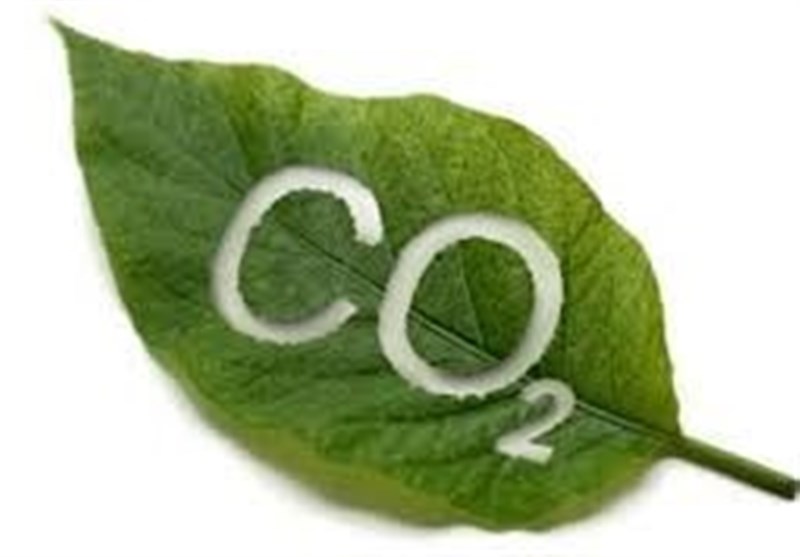Using Sunlight to Split CO2 into Alcohol Fuels
TEHRAN (Tasnim) - Chemists demonstrated that an organic semiconductor polymer called polyaniline is a promising photocathode material for the conversion of carbon dioxide into alcohol fuels without the need for a co-catalyst.
Chemists at The University of Texas at Arlington have been working on this project.
"This opens up a new field of research into new applications for inexpensive, readily available organic semiconducting polymers within solar fuel cells," said principal researcher Krishnan Rajeshwar.
"These organic semiconducting polymers also demonstrate several technical advantages, including that they do not need a co-catalyst to sustain the conversion to alcohol products and the conversion can take place at lower temperatures and use less energy, which would further reduce costs," Rajeshwar added.
Rajeshwar and his co-author Csaba Janaky recently published their findings in The Royal Society of Chemistry journal ChemComm as "Polyaniline films photoelectrochemically reduce CO2 to alcohols."
In this proof-of-concept study, the researchers provide insights into the unique behavior of polyaniline obtained from photoelectrochemical measurements and adsorption studies, together with spectroscopic data. They also compared the behavior of several conducting polymers.
The stationary currents recorded after two hours during testing suggests that the polyaniline layer maintained its photoelectrochemical efficacy for the studied time period. While in the gas phase, only hydrogen was detected, but potential fuels such as methanol and ethanol were both detected in the solution for carbon dioxide-saturated samples.
"Apart from these technical qualities, as a polymer, polyaniline can also be easily made into fabrics and films that adapt to roofs or curved surfaces to create the large surface areas needed for photoelectrochemical reduction, eliminating the need for expensive and dangerous solar concentrators," Rajeshwar added.





